Obsolete jobs of the past
In a world driven by technology, it’s easy to forget the jobs that once formed the backbone of society. These professions, now rendered obsolete, were integral to daily life and reflect the ingenuity of past generations. From the town crier to the lamplighter, each role tells a story of a time when human hands and voices were the primary tools of communication and service. Let’s take a nostalgic journey through these fascinating occupations that history left behind.
The Knocker-Up: Human Alarm Clocks of the Industrial Age
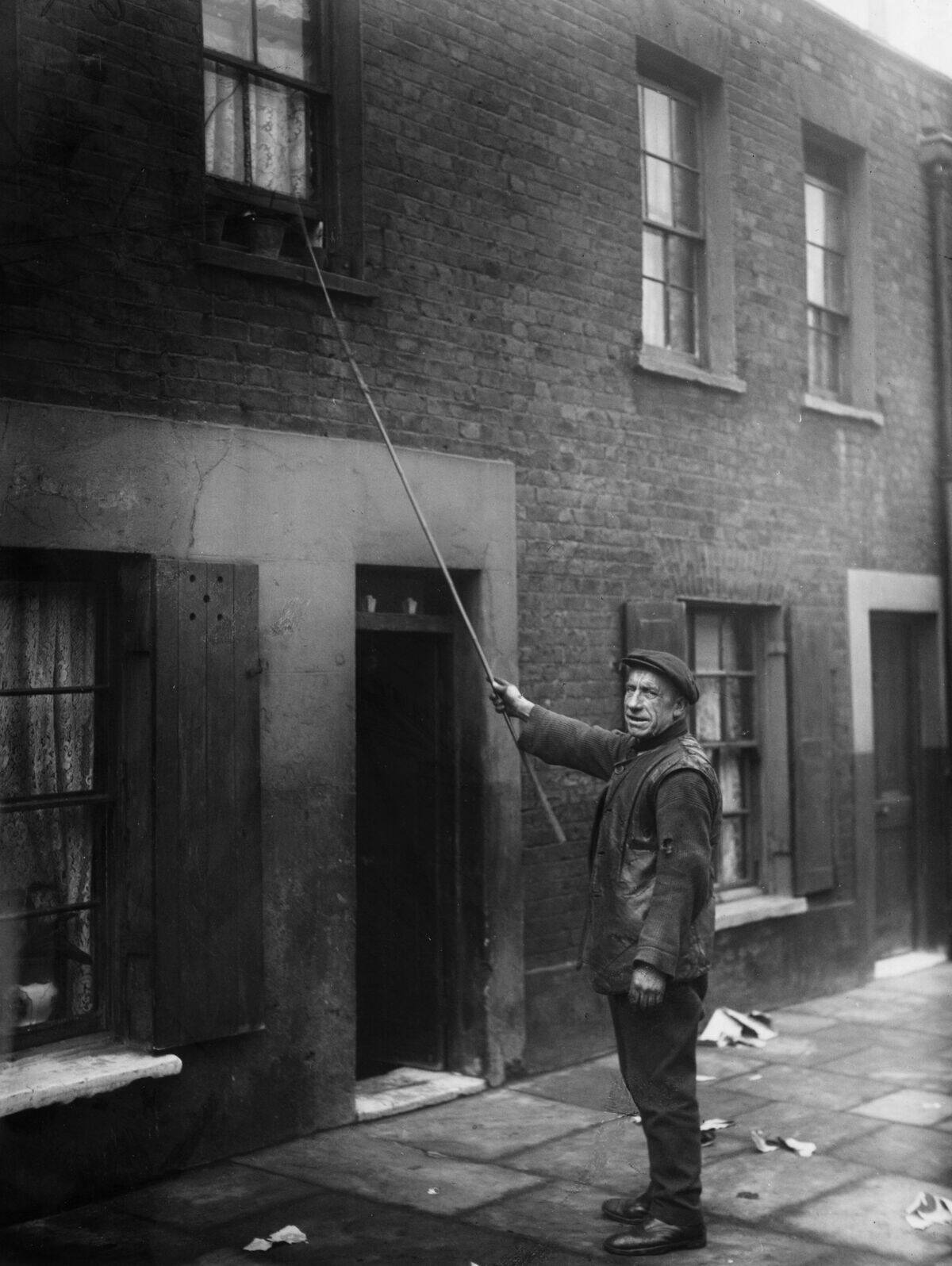
Before the advent of alarm clocks, industrial workers relied on ‘knocker-ups’ to ensure they woke up on time. Armed with long sticks, these early risers would tap on bedroom windows to rouse their clients. This peculiar job was prevalent in Britain and Ireland during the Industrial Revolution. It was a vital service in an era of strict factory schedules.
Switchboard Operators: Connecting Calls in a Pre-Digital World
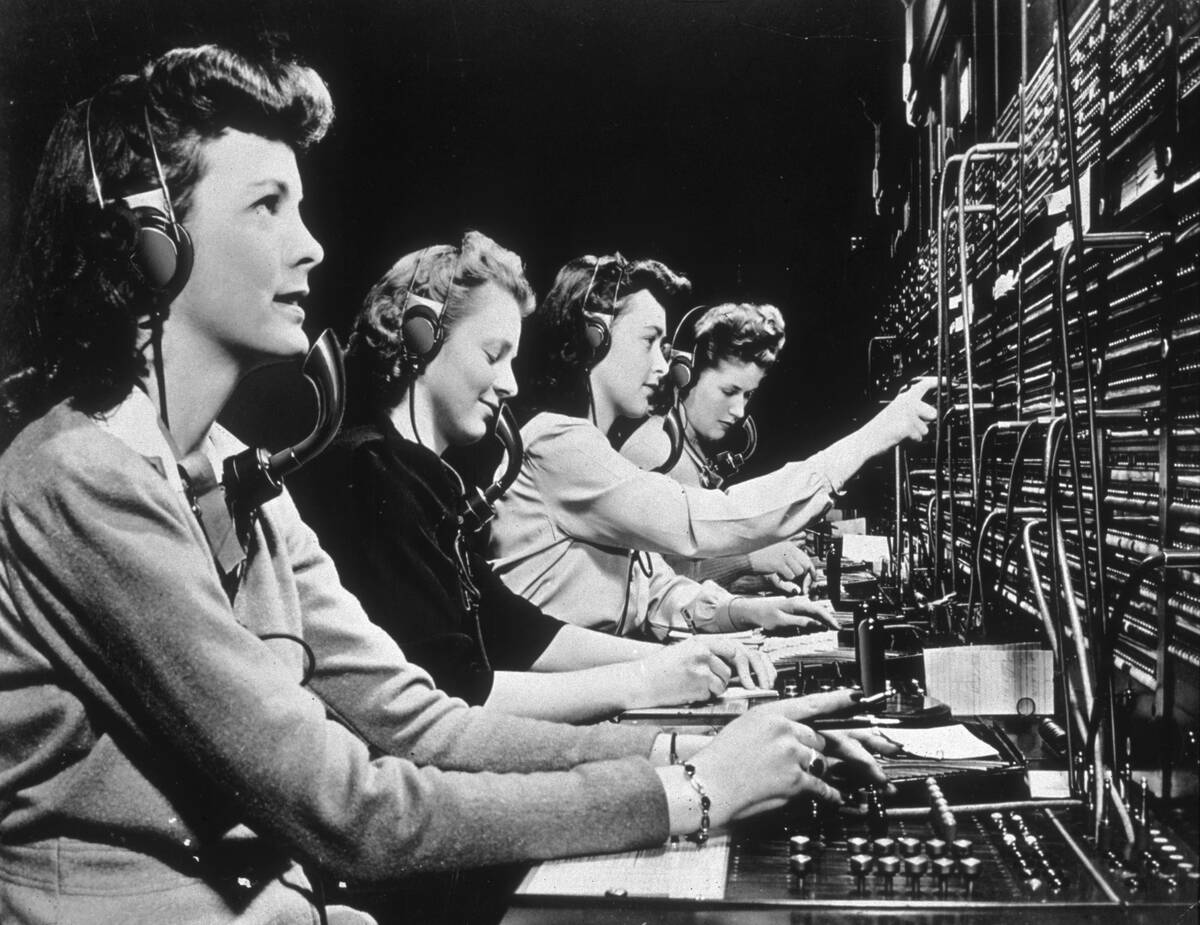
In the early 20th century, making a phone call meant speaking to a switchboard operator who manually connected your line. These operators, predominantly women, worked in central telephone exchanges, plugging in cords to connect calls. Their skills in communication and multitasking were legendary, as they often managed multiple conversations simultaneously. The role faded as technology advanced, but these operators were once the human link in a vast network of communication.
The Lamplighter: Illuminating Streets Before Electricity
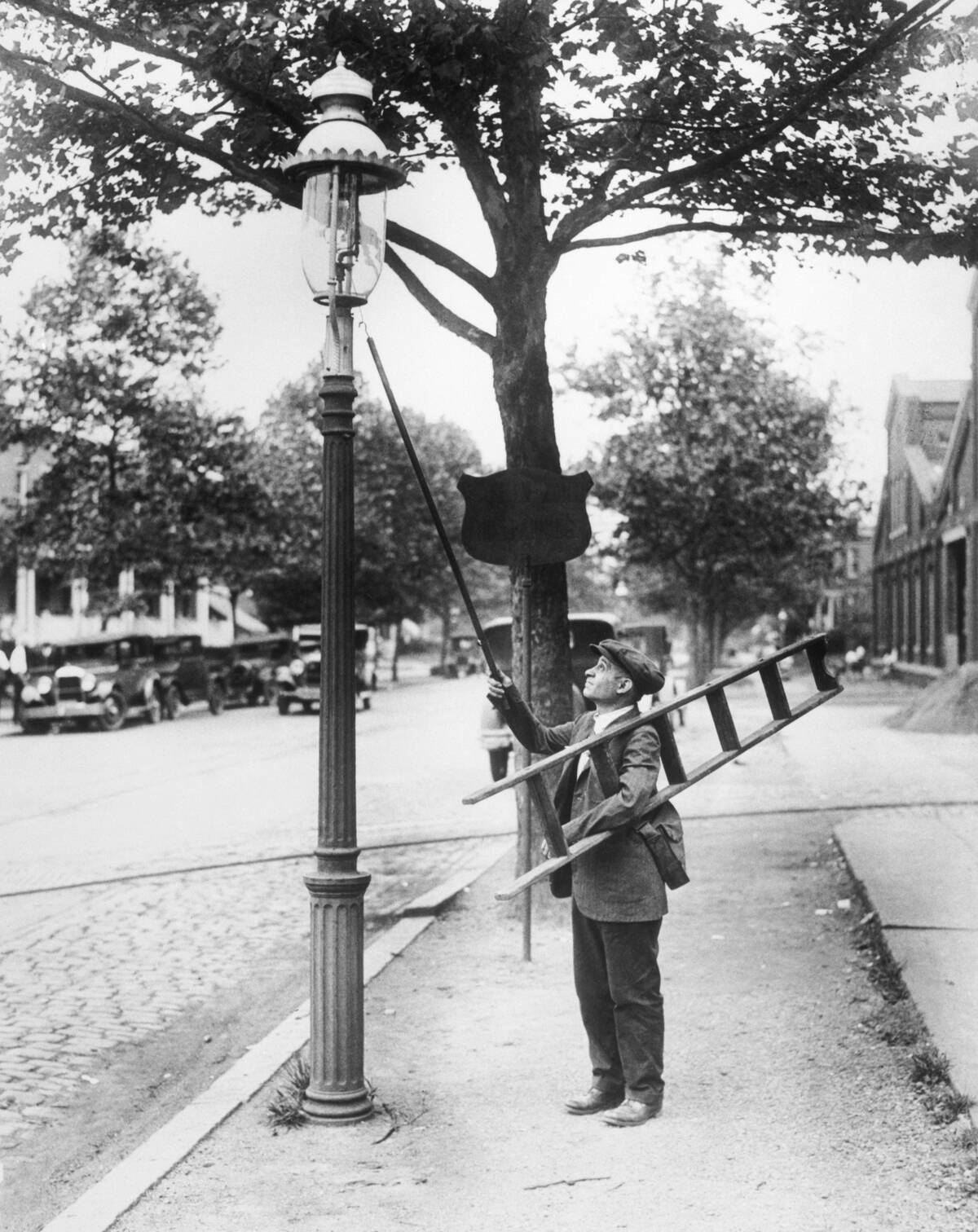
Before electric streetlights illuminated our cities, lamplighters roamed the streets at dusk and dawn, lighting and extinguishing gas lamps. This job required not just punctuality but also a keen sense of responsibility, as safety depended on them. In the 19th century, lamplighters were a common sight in urban areas, maintaining hundreds of lamps each night. Their work not only provided light but also a sense of security to the neighborhoods they served.
Ice Cutters: Harvesting Frozen Gold Before Refrigerators
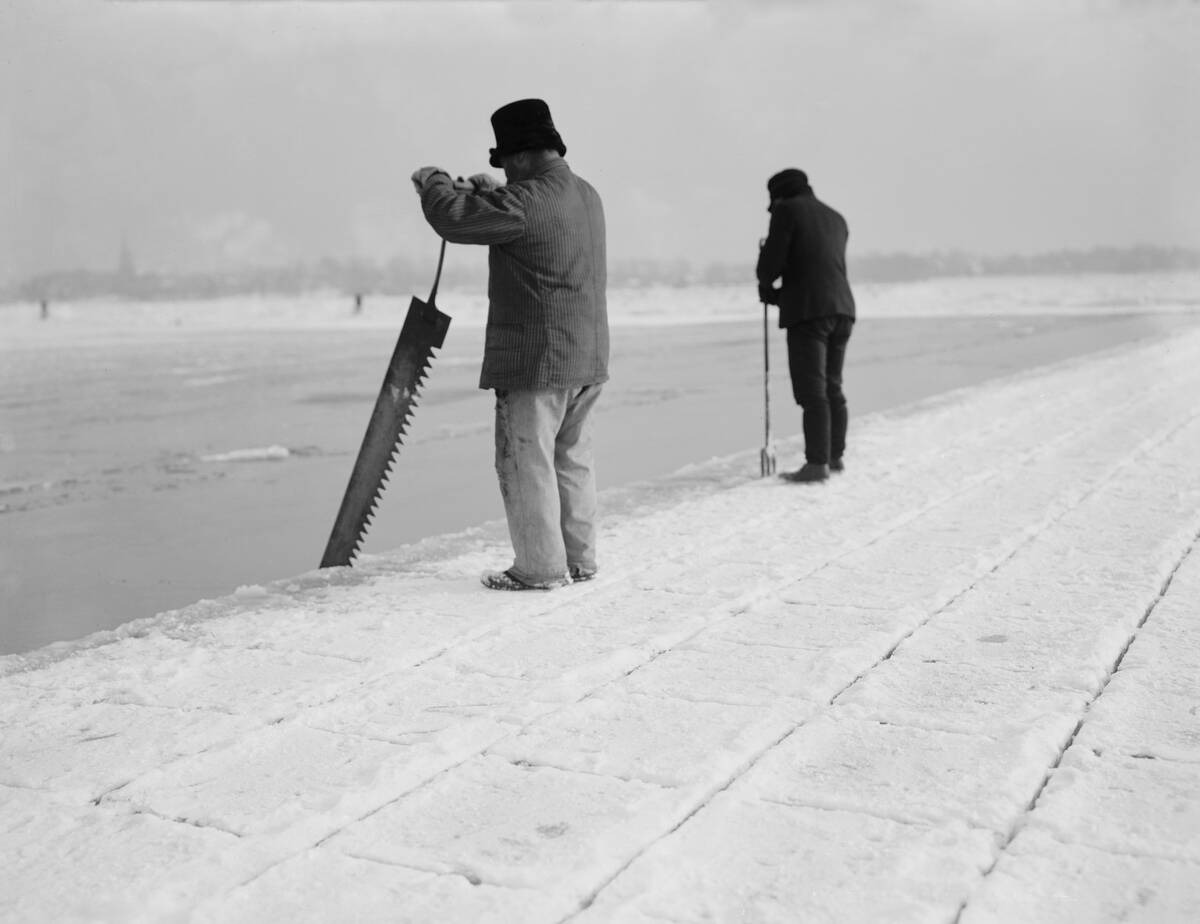
Long before modern refrigeration, ice cutters harvested blocks of ice from frozen lakes and rivers. This was especially common in the 19th and early 20th centuries in colder climates. The ice was stored in insulated ice houses and sold throughout the year. It was a grueling job, requiring strength and precision, as workers used saws and chisels to extract the ice. This natural refrigeration method was a cornerstone of food preservation before electric freezers became widespread.
The Milkman: Delivering Dairy Goodness to Your Doorstep

The clinking of glass bottles heralded the arrival of the milkman, a familiar figure in neighborhoods until the late 20th century. Milkmen delivered fresh dairy directly to homes, often before dawn. This service was not just about convenience; it ensured families had access to fresh milk daily. As supermarkets and refrigeration became common, the milkman’s route dwindled, but their role remains a cherished memory for many who recall the simplicity of doorstep delivery.
Elevator Operators: The Human Buttons of Urban Buildings
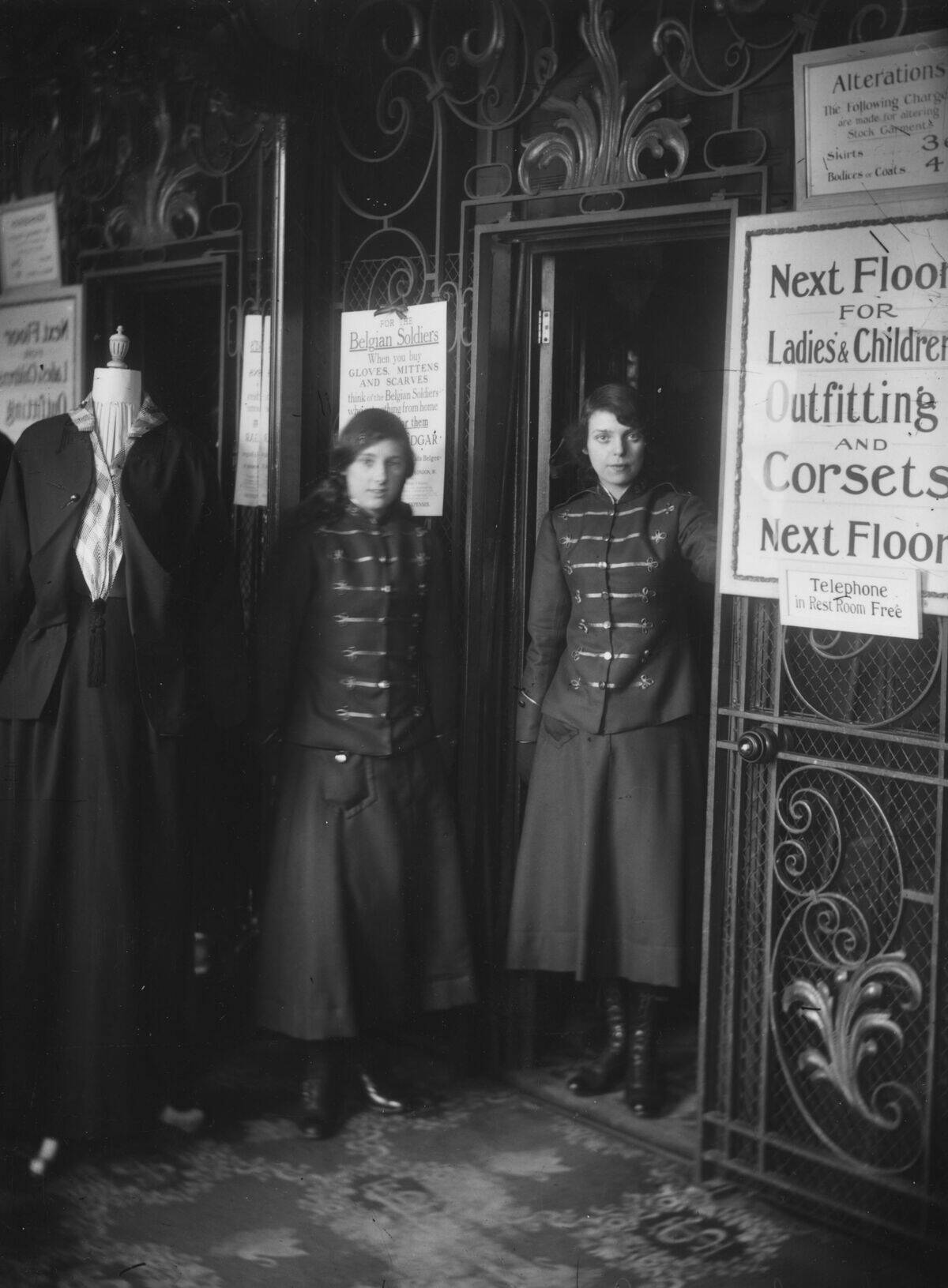
In the early days of skyscrapers, elevators were manually operated by skilled attendants who navigated the floors with precision. These operators were responsible for the safety and comfort of passengers, often greeting them with a friendly smile and conversation. As automatic elevators became standard, this job slowly disappeared. Yet, for a time, elevator operators were a symbol of sophistication in bustling urban high-rises, adding a personal touch to vertical travel.
The Linotype Operator: Typesetting in the Era of Print
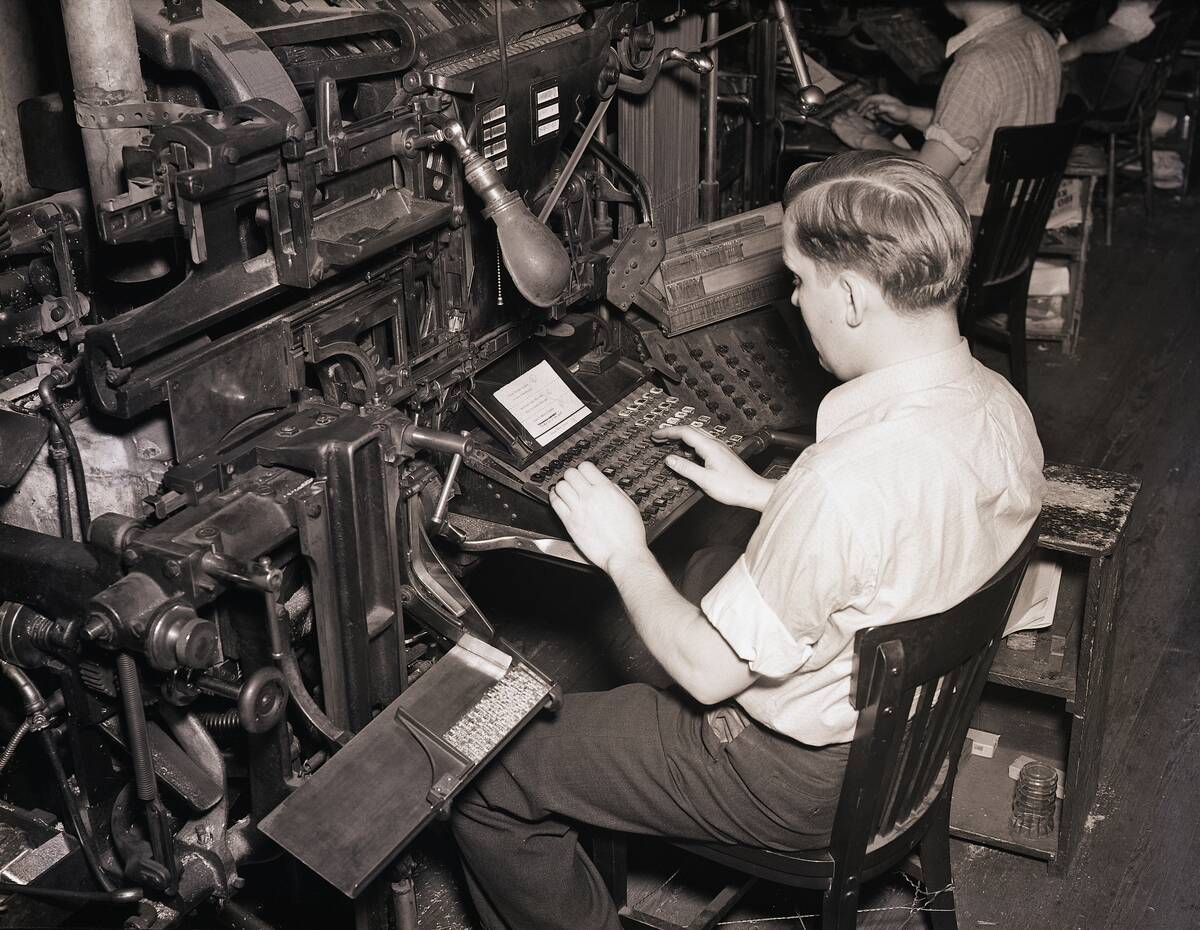
The invention of the Linotype machine revolutionized the printing industry by automating typesetting. Linotype operators were skilled artisans who created lines of type from molten lead. This allowed newspapers to be printed faster and more efficiently, transforming the way information was disseminated. The role required a deep understanding of the machine’s mechanics and a keen eye for detail. While digital typesetting has taken over, the legacy of the Linotype operator is etched in the history of print.
Bowling Pin Setters: The Manual Strike Resetters
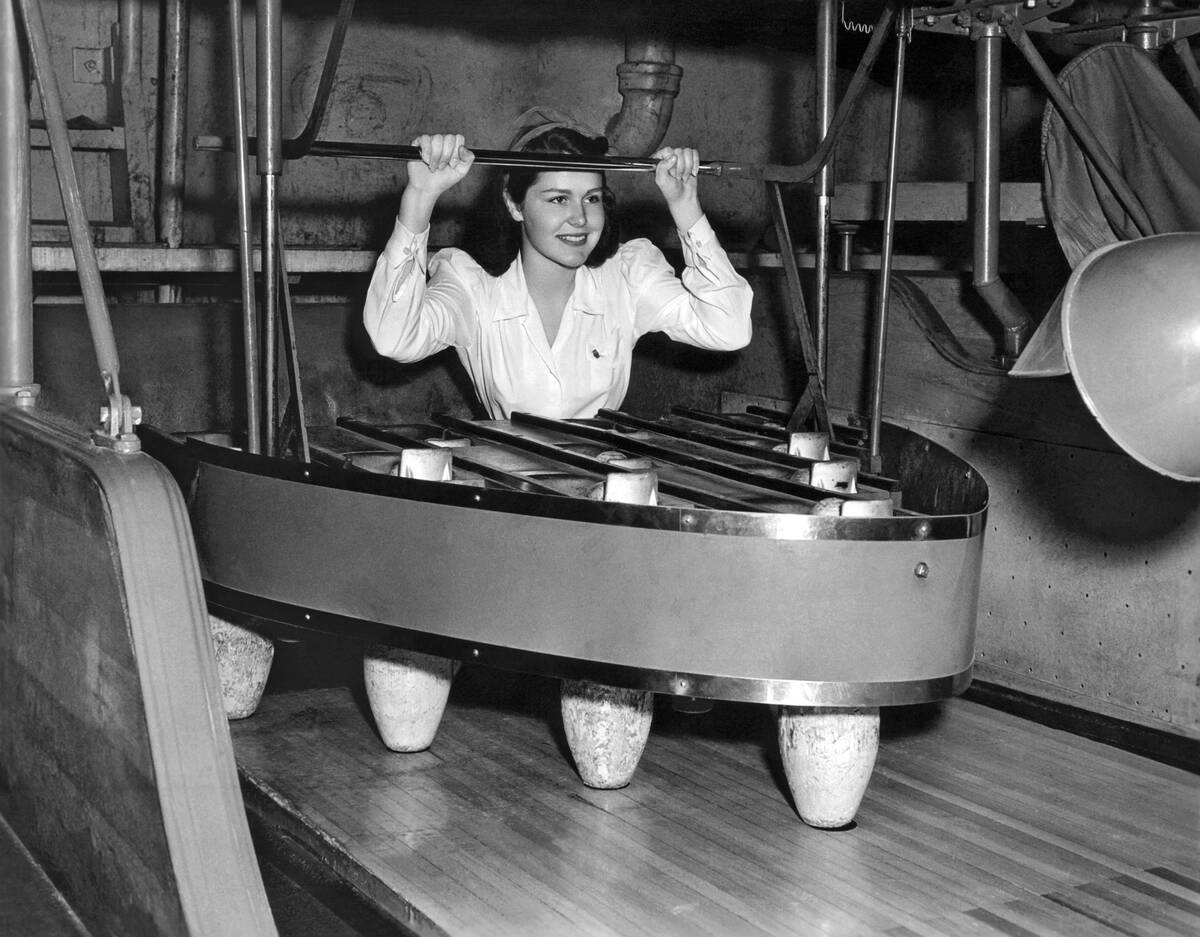
Before automated pinsetters, young workers known as pinboys manually reset bowling pins. This job was common in the early 20th century, requiring quick reflexes and agility to keep up with the fast-paced bowling alleys. Pinboys would clear fallen pins and set up new frames, often dodging stray balls in the process. It was an entry-level job for many youths, offering a glimpse into the bustling world of entertainment and recreation before machines took over.
The Town Crier: Announcing News Before Newspapers
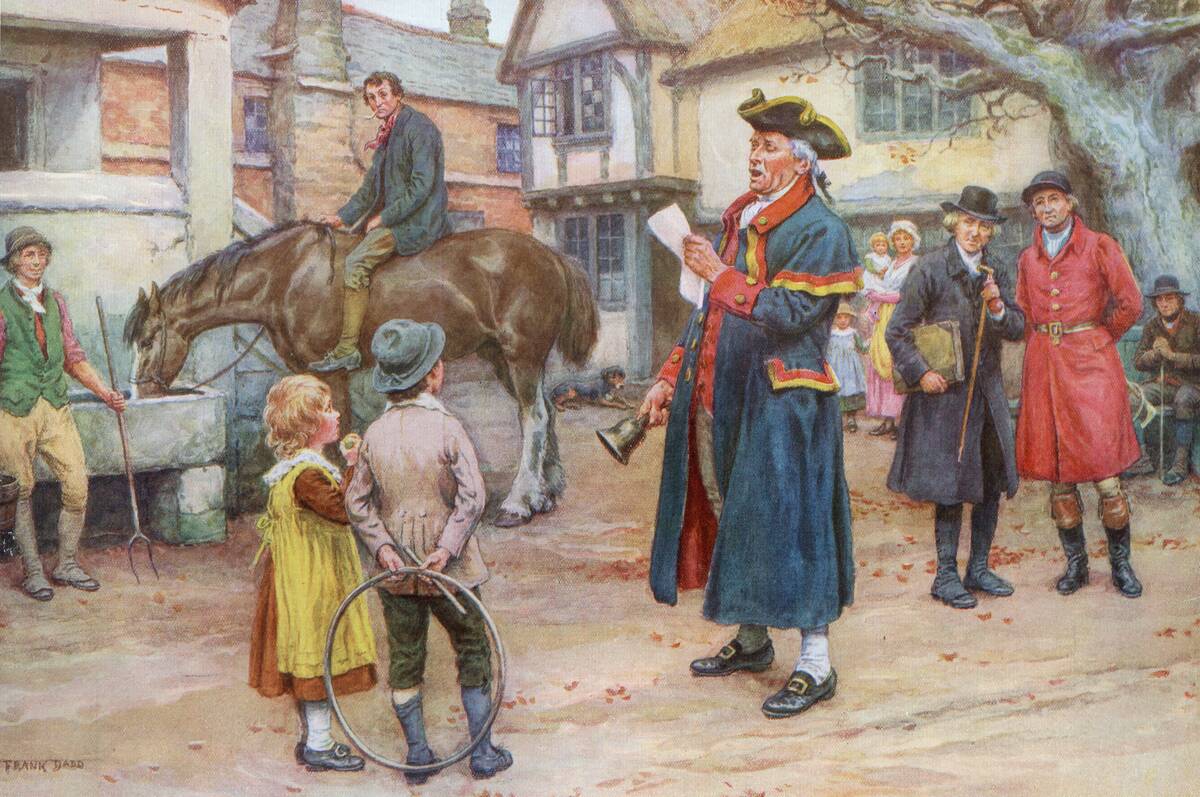
In an era without mass media, town criers were the original news broadcasters. Dressed in distinctive garb, they roamed the streets, loudly proclaiming news, proclamations, and events. Their role was crucial in disseminating information to the public, especially in rural areas where literacy rates were low. Town criers were recognized for their vocal prowess and were often appointed by local authorities. Though newspapers and digital media have replaced them, their legacy lives on in the ceremonial roles some still play today.
Leech Collector: The Peculiar Profession of Medical Bloodletting
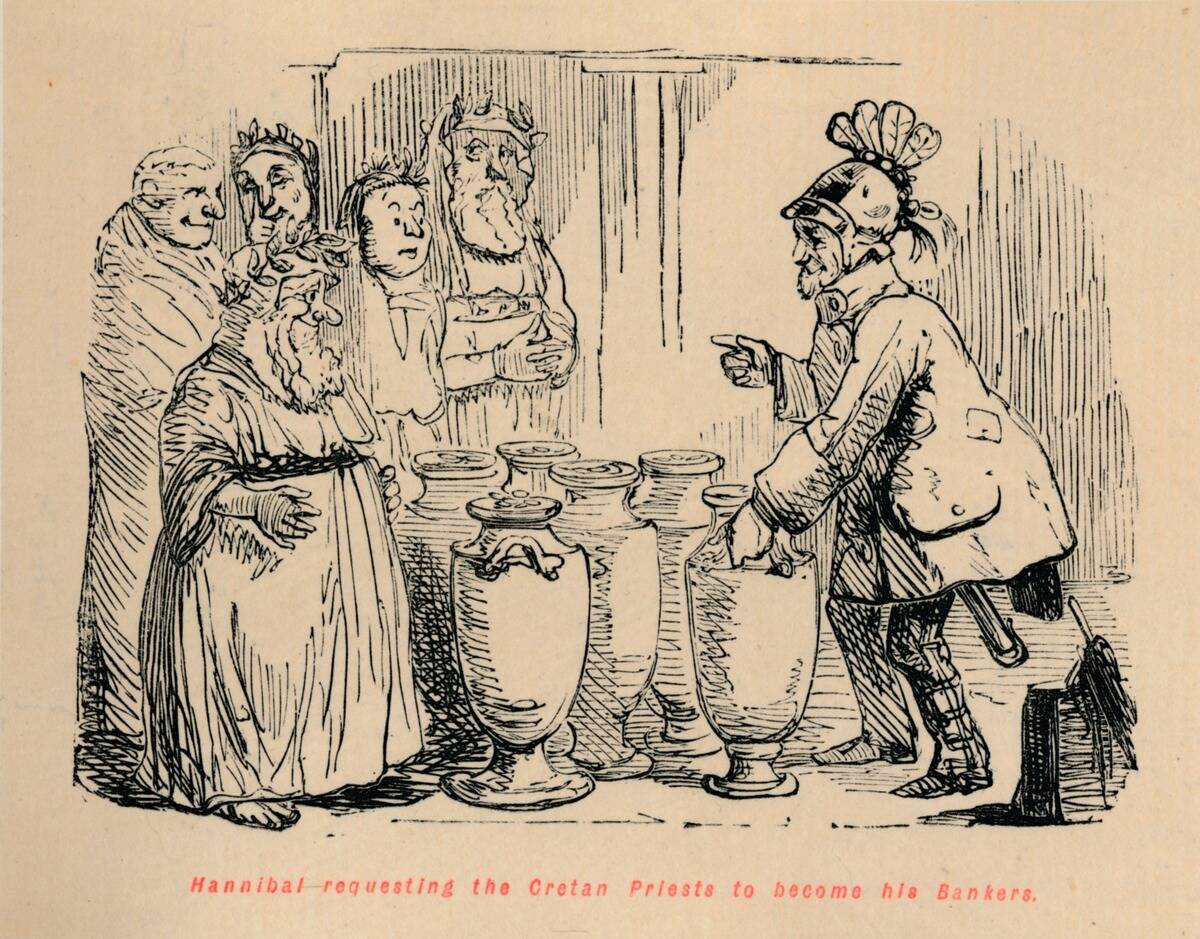
In the 19th century, leech collectors played a vital role in medicine, supplying leeches for the popular practice of bloodletting. These collectors waded through marshes and ponds, using their own legs as bait to attract the creatures. Leeches were believed to cure a variety of ailments by drawing out ‘bad blood.’ While this practice has been largely discredited, the role of leech collectors highlights the lengths to which people once went in the pursuit of health and healing.
The Rat Catcher: Pest Control in Victorian Times
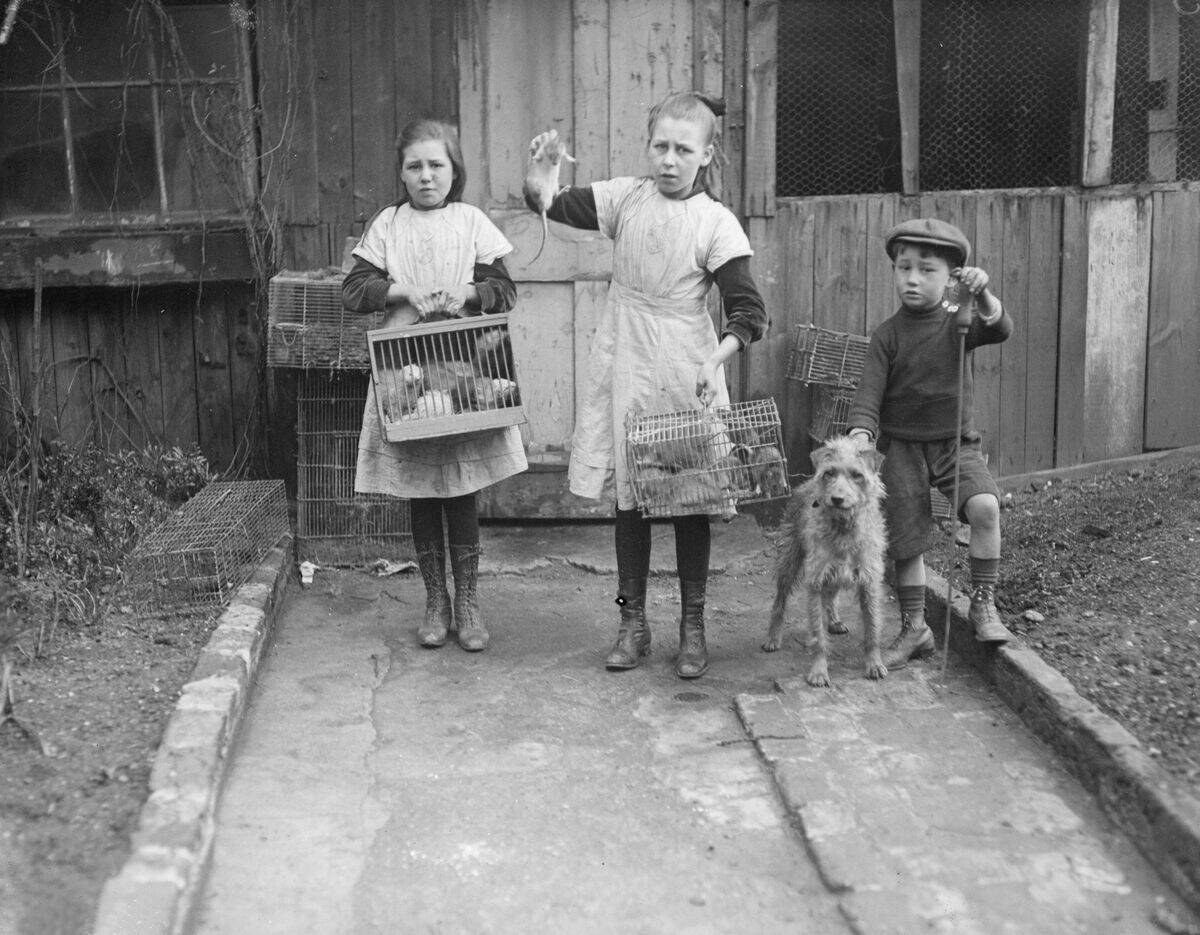
Victorian cities teemed with rats, and rat catchers were essential in controlling these pests. Armed with terriers, traps, and poisons, these hunters frequented urban alleys and sewers. The job was hazardous, requiring courage and ingenuity to outsmart the rodents. Some rat catchers even became local celebrities, known for their efficiency and daring. While modern pest control has evolved significantly, the rat catcher’s gritty work was a crucial public health service in its time.
Human Computers: Calculating Before the Digital Revolution
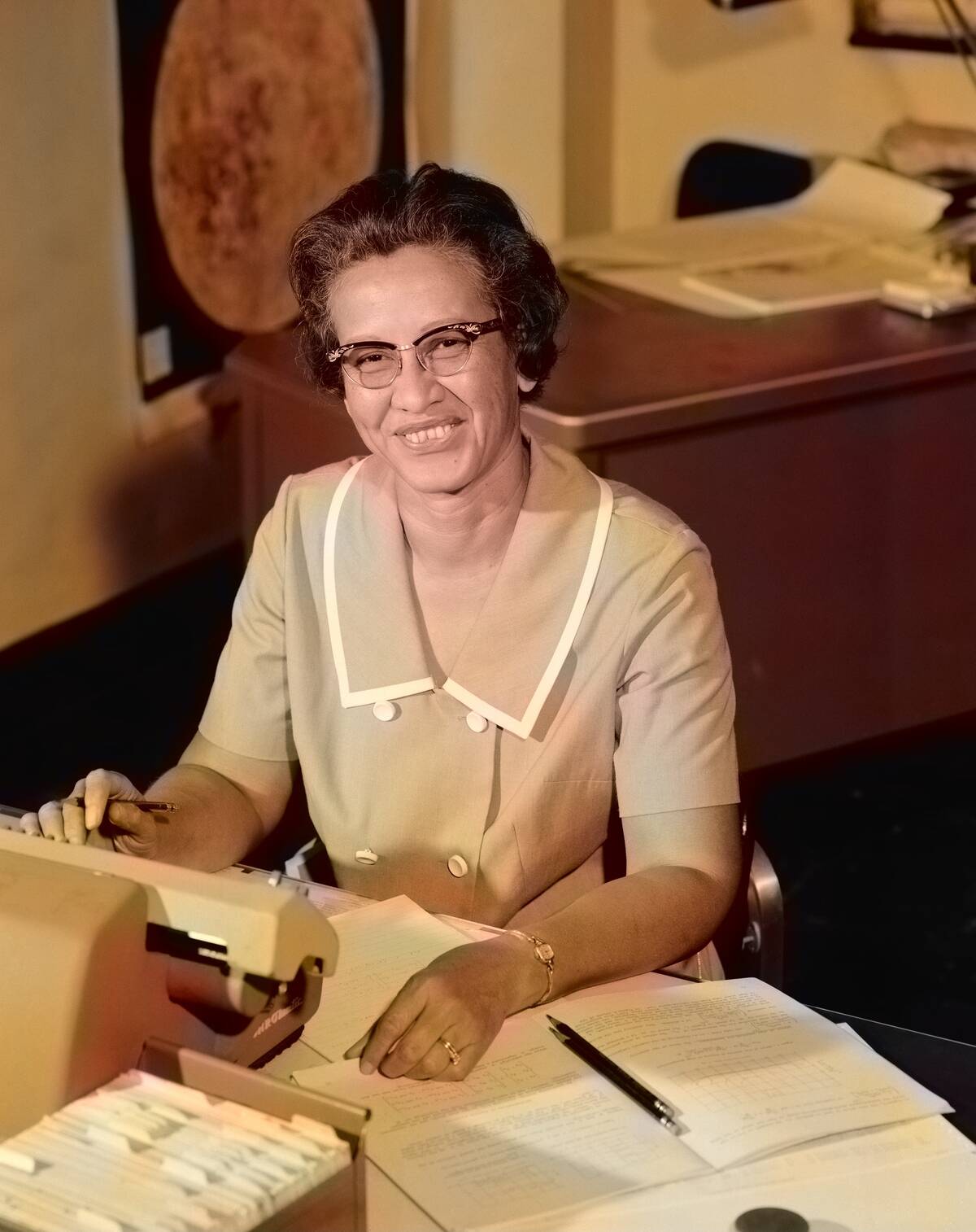
Before electronic computers, human ‘computers’ performed complex calculations by hand. These individuals, often women, worked in fields such as astronomy, engineering, and finance, solving mathematical problems with remarkable accuracy. Their work was vital in advancing scientific discoveries and technological innovations. Famous figures like Katherine Johnson, who calculated flight trajectories for NASA, exemplify the critical contributions of human computers. Though machines now perform these tasks, their legacy remains a testament to human intellect and perseverance.
The Scribe: Handwritten Records in the Age of Literacy
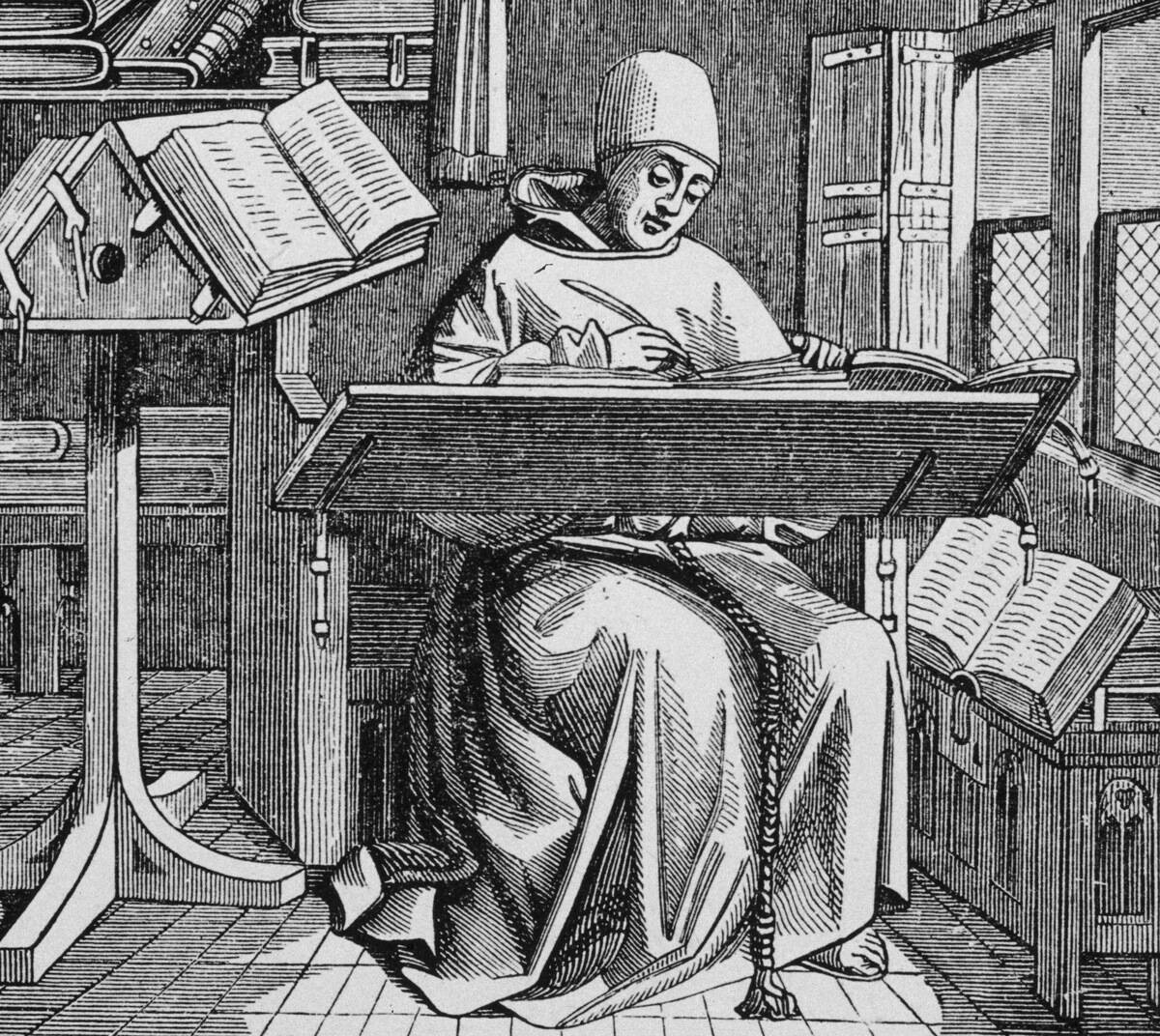
Scribes were the original record keepers, documenting everything from legal contracts to literary texts by hand. Their work required meticulous attention to detail and a steady hand, as errors were costly. Scribes played a crucial role in preserving knowledge before the advent of printing. In various cultures, they were highly respected for their literacy and skill. While the printing press eventually replaced them, the art of handwriting remains a cherished skill passed down through generations.
Chimney Sweeps: Keeping Fireplaces Clean and Safe
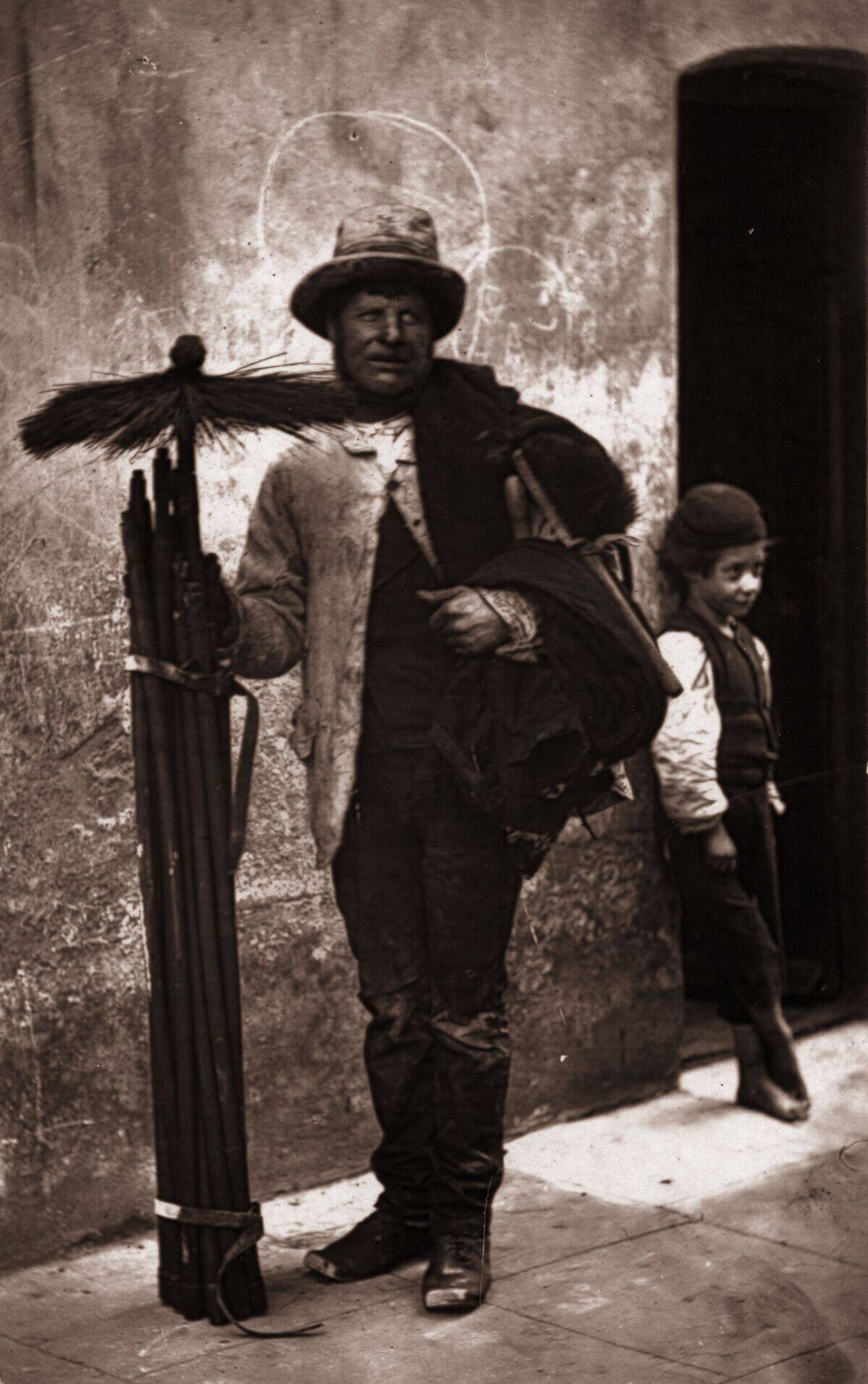
Chimney sweeps were once a common sight, ensuring fireplaces operated safely and efficiently. This job was especially important in the 18th and 19th centuries, when coal was the primary heating source. Sweeps, often young boys, would climb chimneys to remove soot and debris. Despite the dangers and health risks, this occupation was vital in preventing chimney fires. Today, modern cleaning methods have replaced them, but the sweep’s iconic image endures in folklore and literature.
The Fuller: Cleaning and Thickening Wool Fabrics
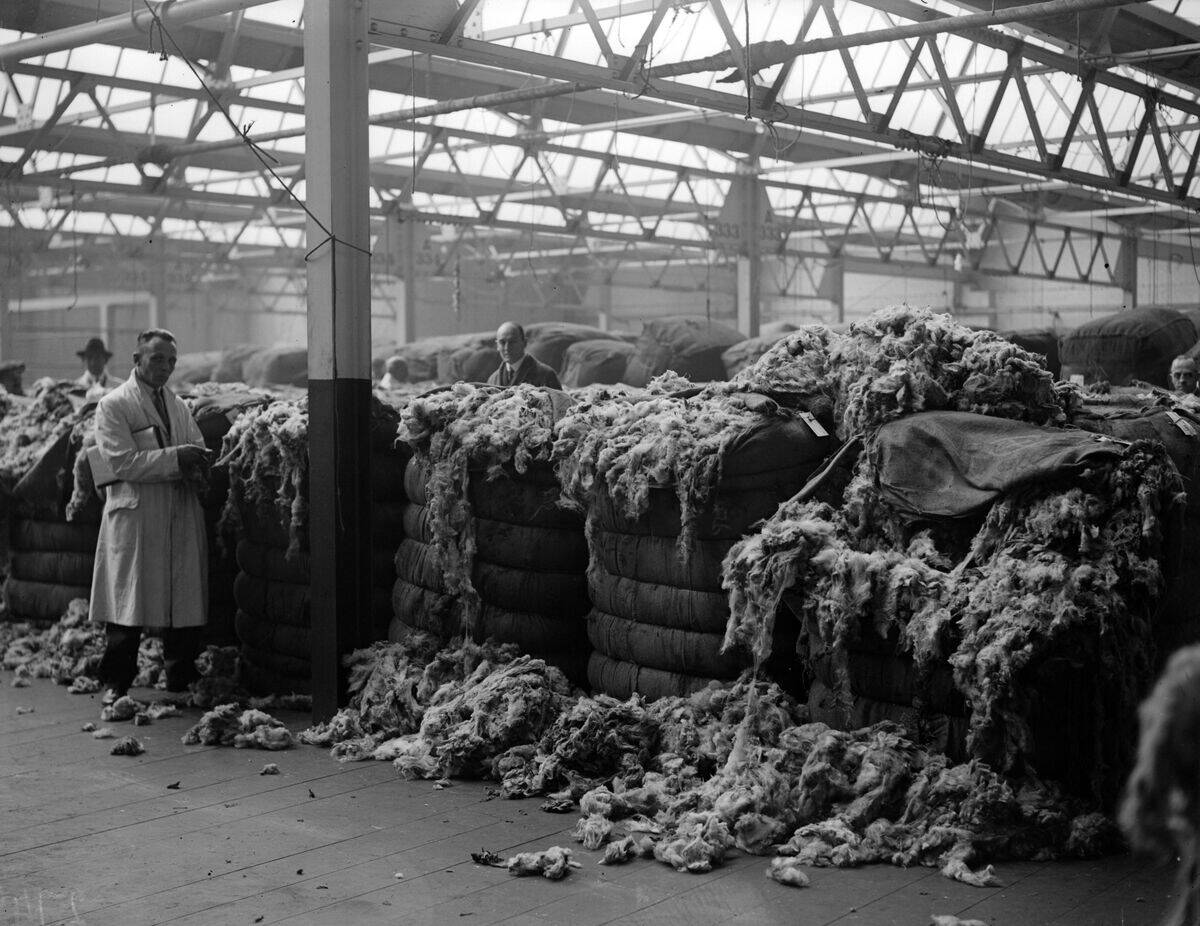
Fullers were specialists in the textile industry, responsible for cleaning and thickening wool fabrics. The process involved using water and clay to cleanse the wool, followed by trampling it to compact the fibers. This work was crucial in producing quality cloth, essential for clothing and trade. As industrialization introduced mechanized methods, the need for fullers diminished. However, their contribution to textile manufacturing laid the foundation for advancements in fabric production.
The Telegraphist: Masters of Morse Code Communication
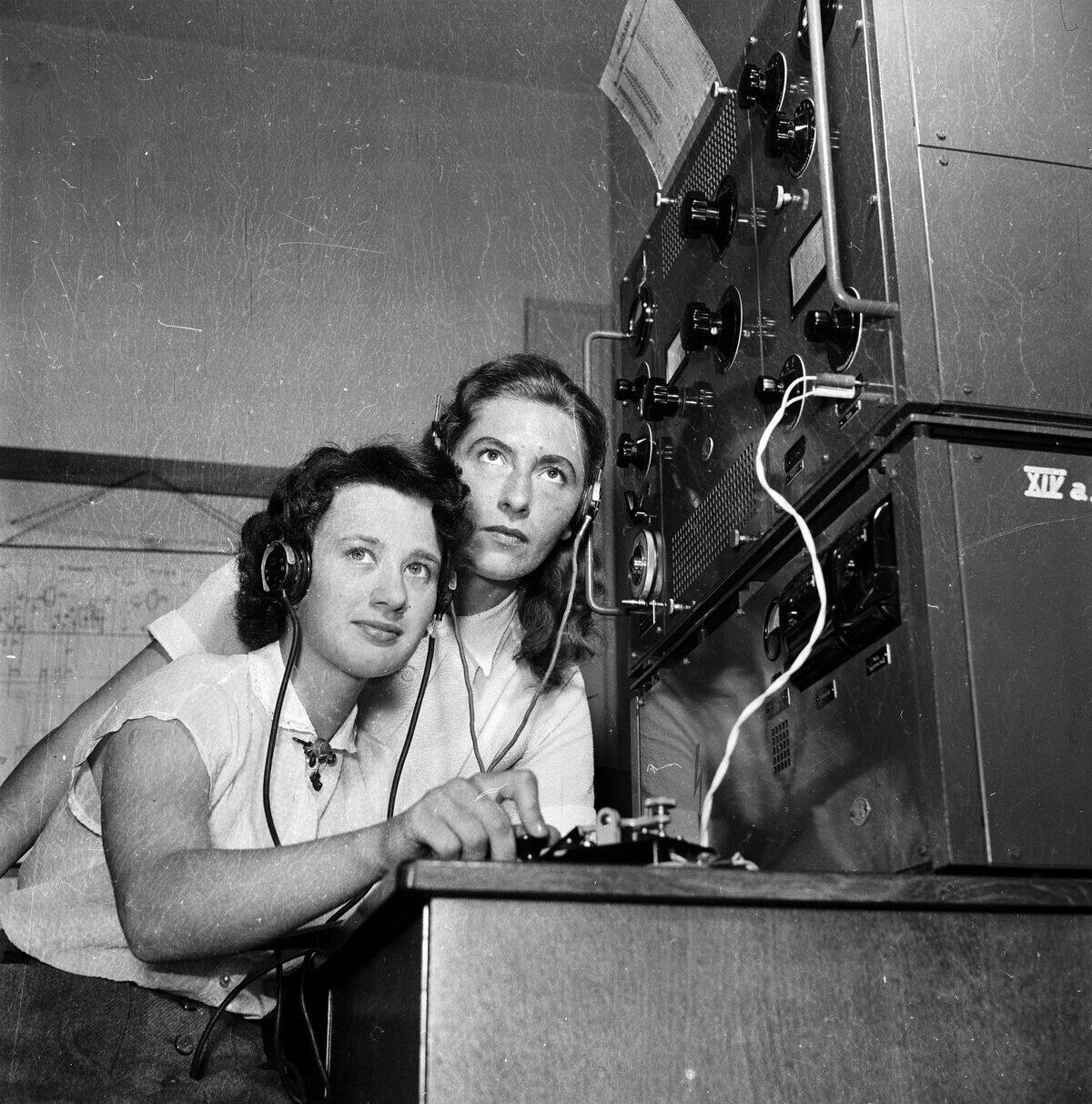
Telegraphists were the communication pioneers of their time, adept at sending and receiving messages via Morse code. This role emerged in the mid-19th century with the invention of the telegraph, revolutionizing long-distance communication. Telegraphists translated messages into a series of dots and dashes, efficiently transmitting information across vast distances. Their expertise was critical during wars and in facilitating global news dissemination. Although telephones and the internet have supplanted telegraphy, the skill of Morse code endures among enthusiasts today.



